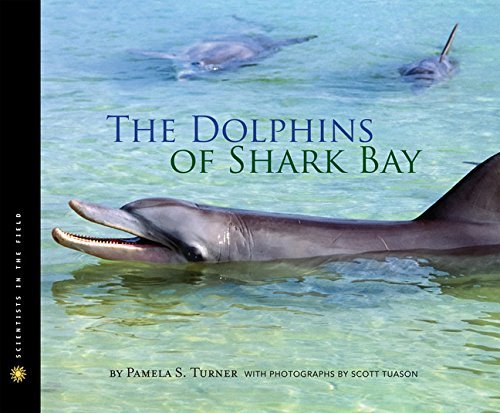What do you think?
Rate this book


Hardcover
First published November 5, 2013
Summary: This book follows Pamela S. Turner and her team as they go on an adventure to answer the question “Why are dolphins so smart?”. Turner and her team couldn’t answer their questions without the help of some friendly dolphins of Shark Bay.
Evaluation: This book was so extremely informative. The pictures showed the beautiful creatures that dolphins are. It brought to life just how amazing dolphins are. I liked how the pictures were of the dolphins where they are supposed to be not from an aquarium. This book was child friendly and allowed children to look into the life of a dolphin without it going over their heads.
Teaching Ideas: This book would be great to use for younger students when they are learning how to research. Give the students a graphic organizer, have them fill each section out by looking through the book and finding the answer. Once they find the answer have them write it in the box. Once the graphic organizer is filled out have them turn it into a few sentences.